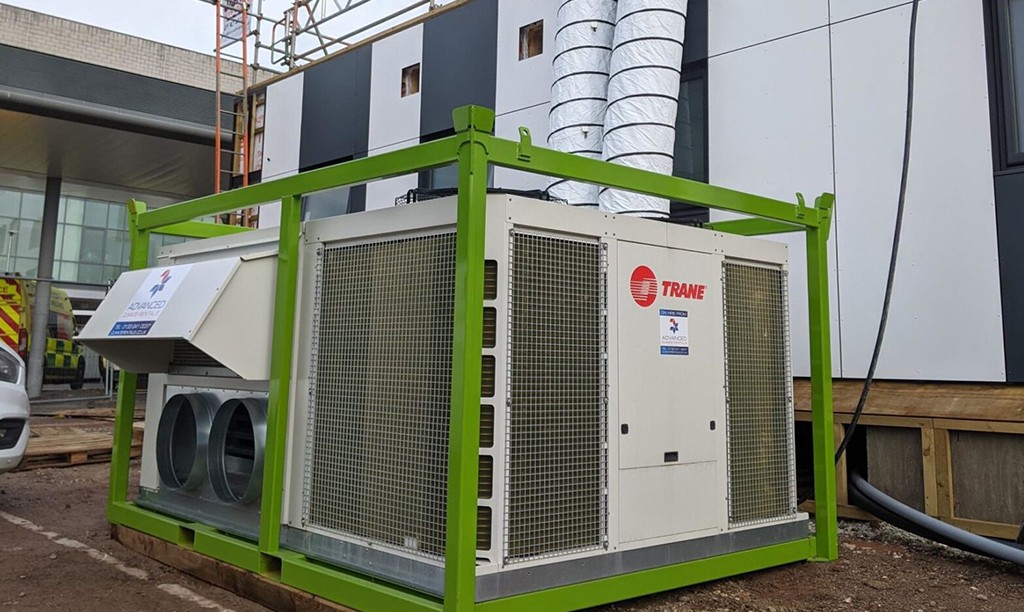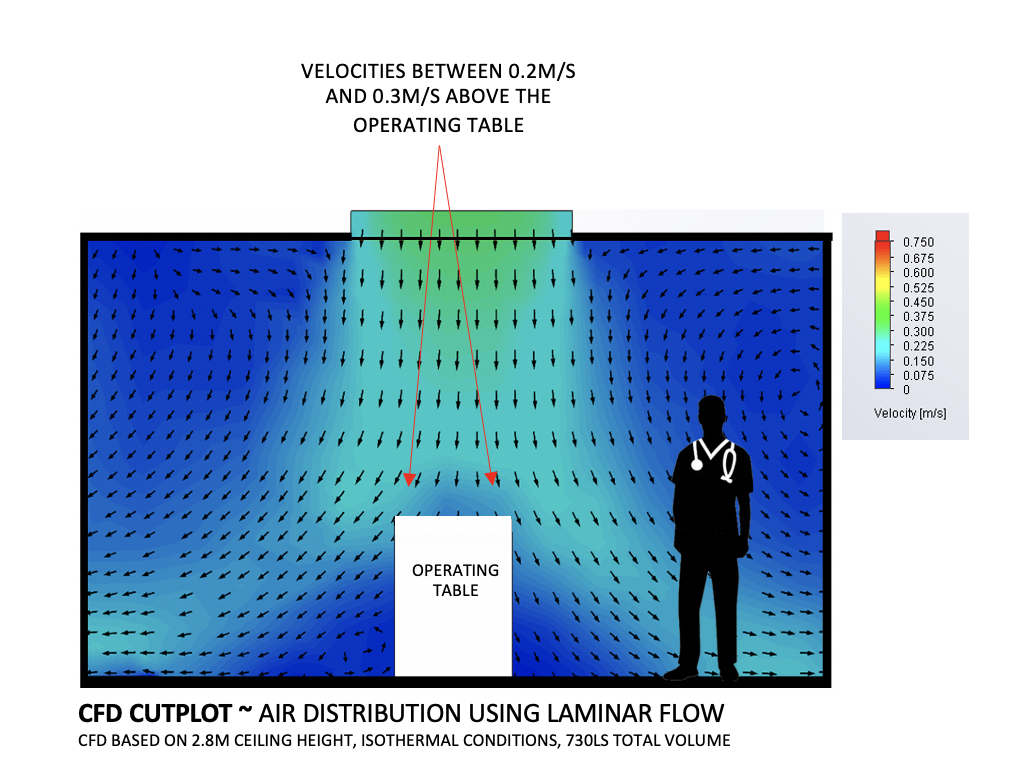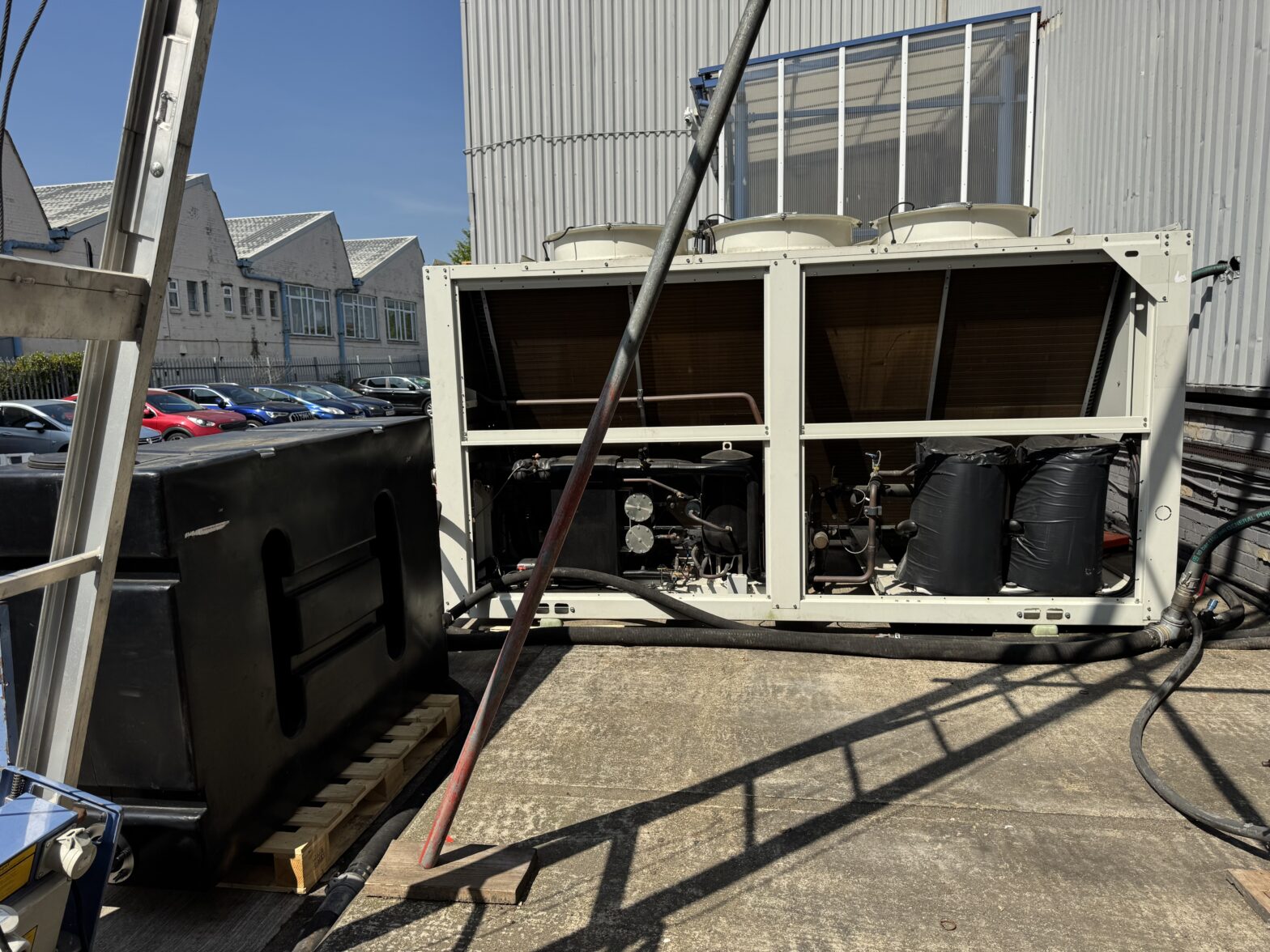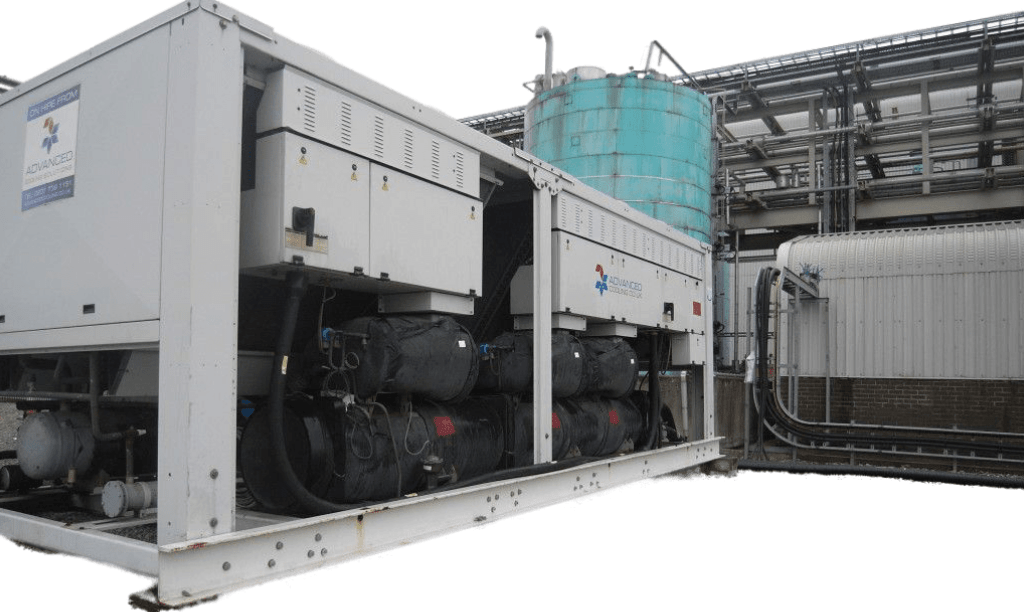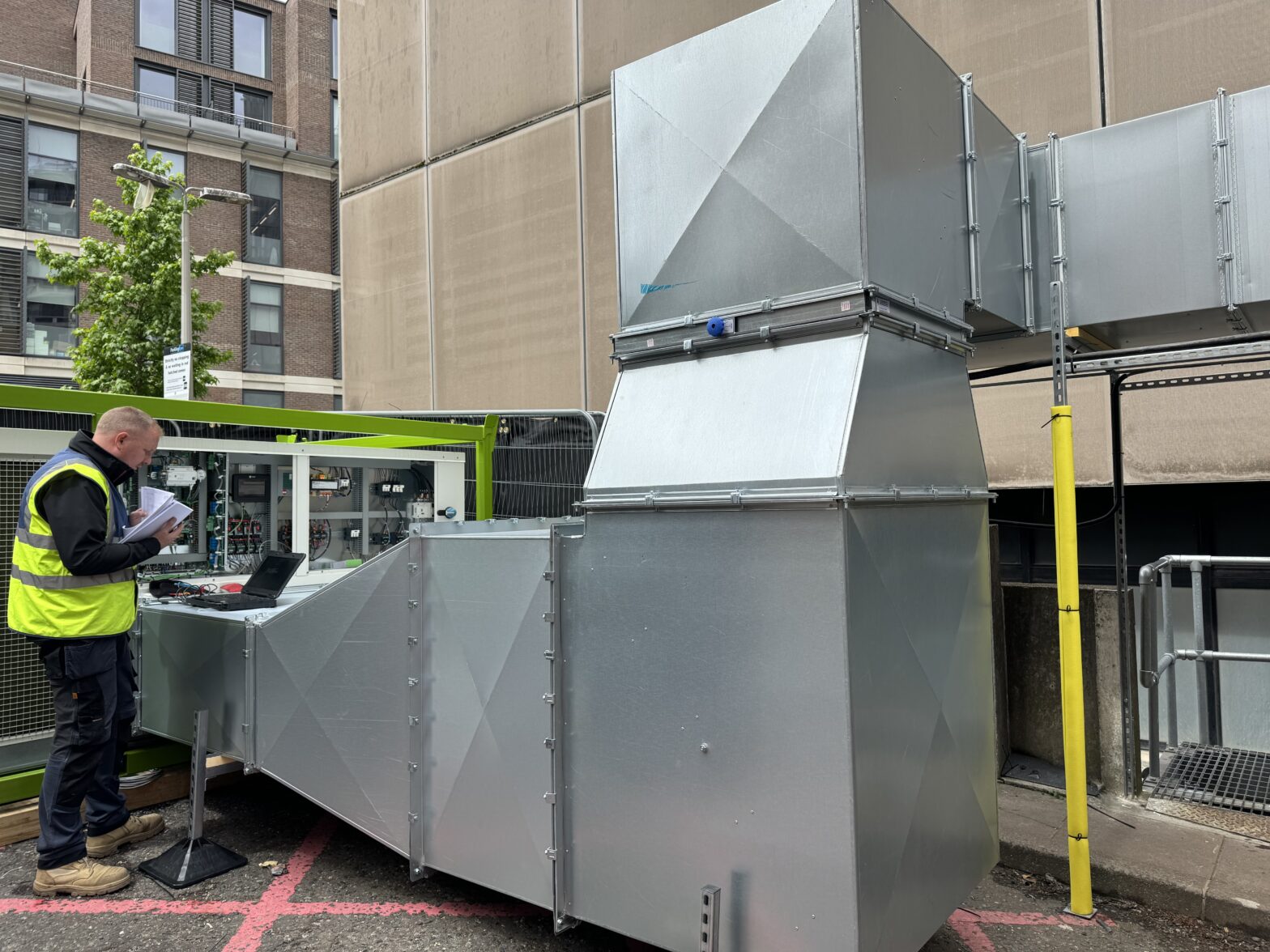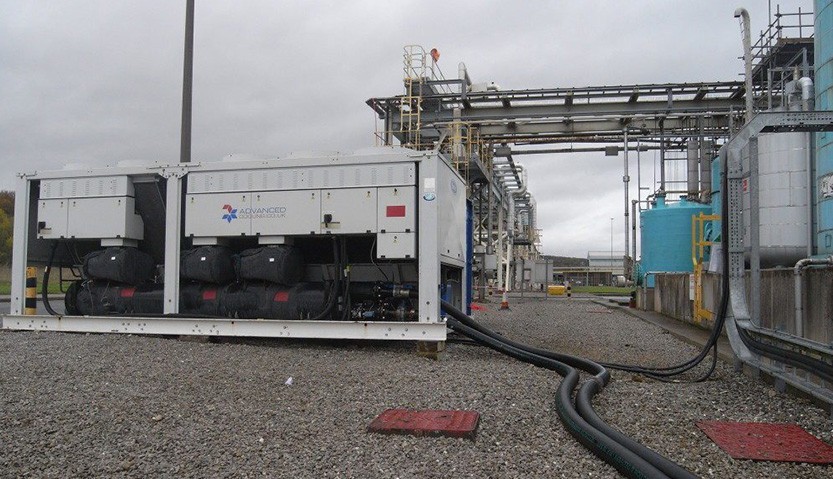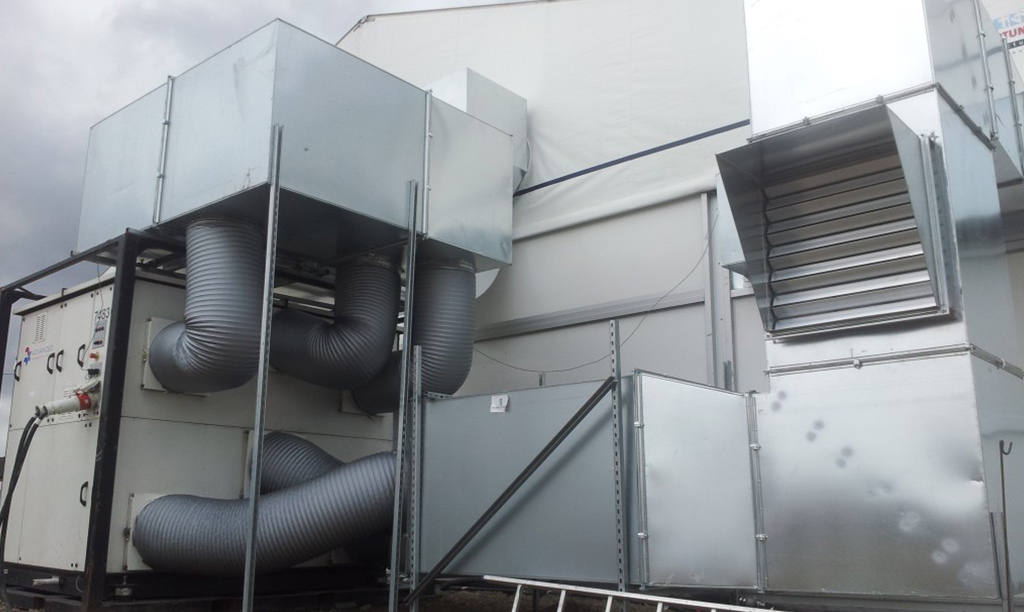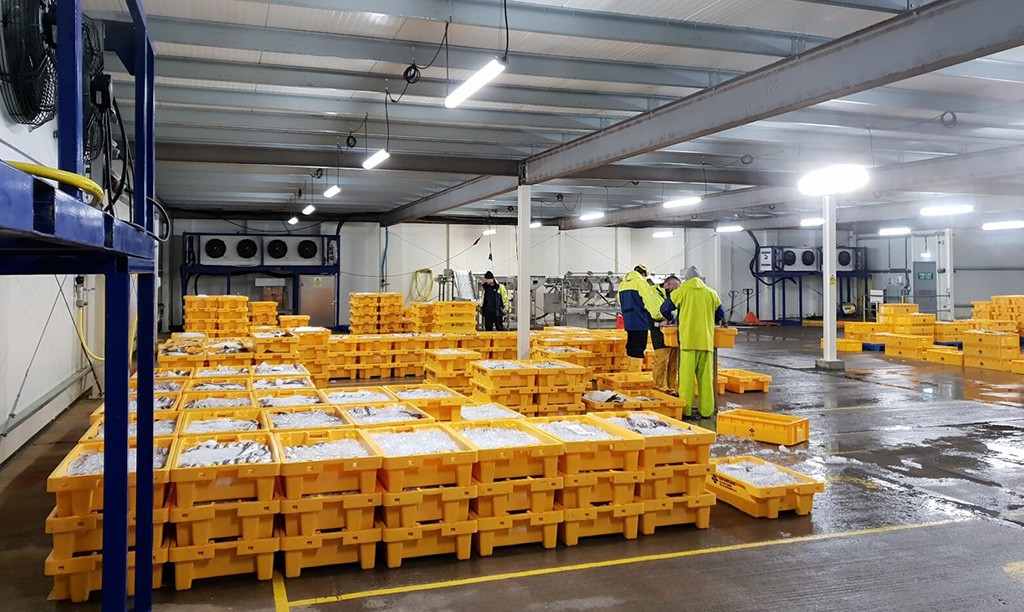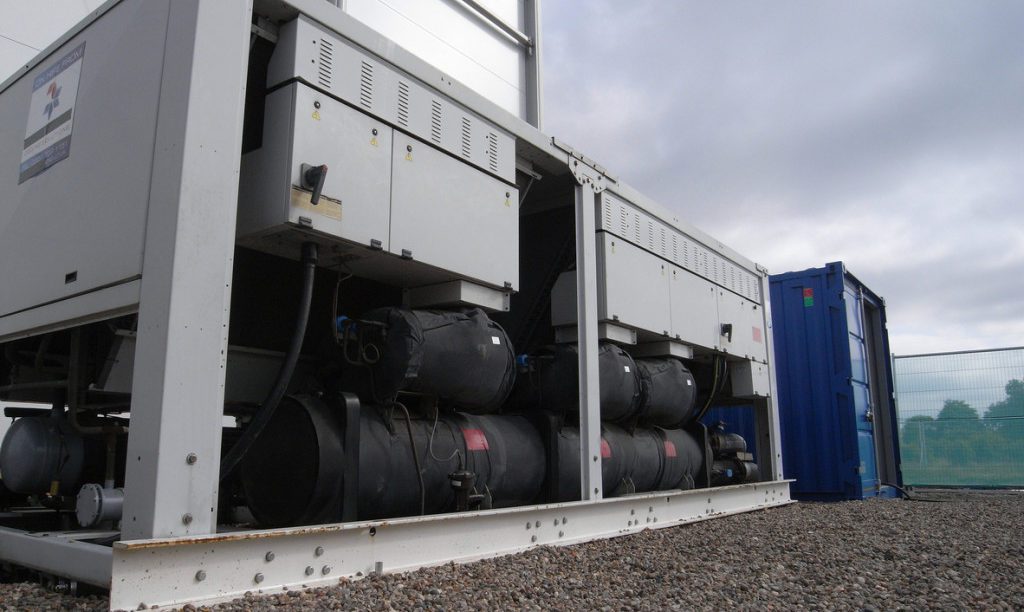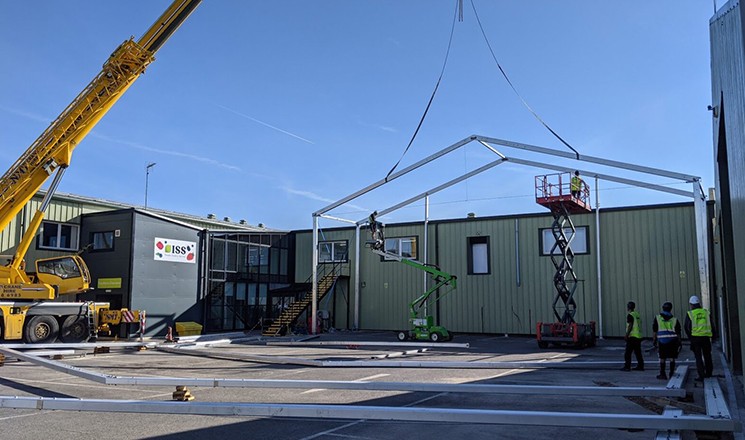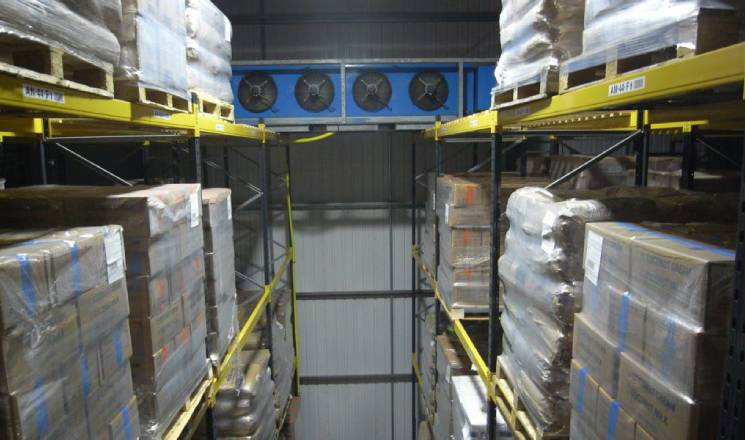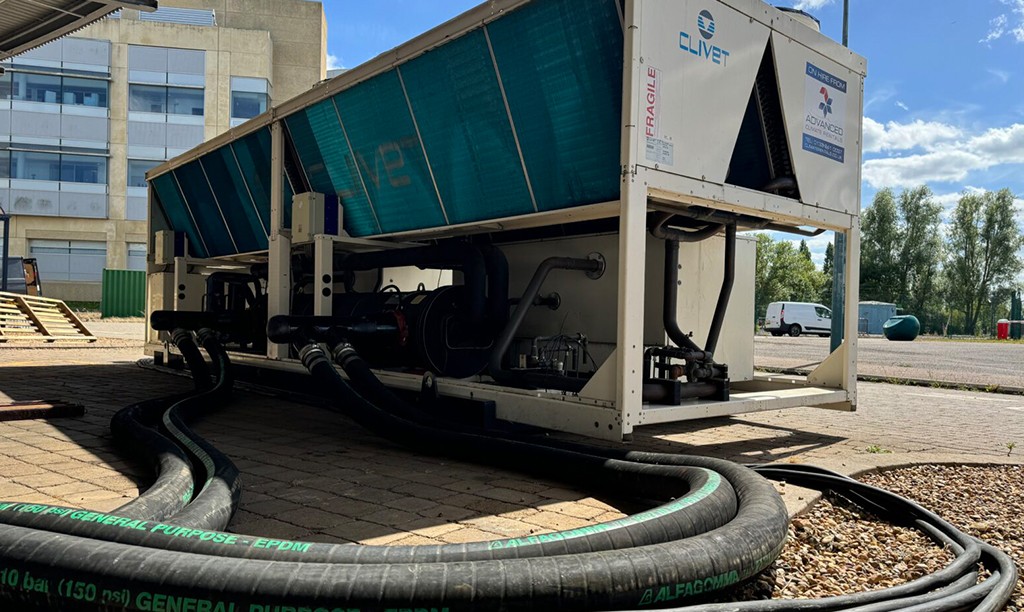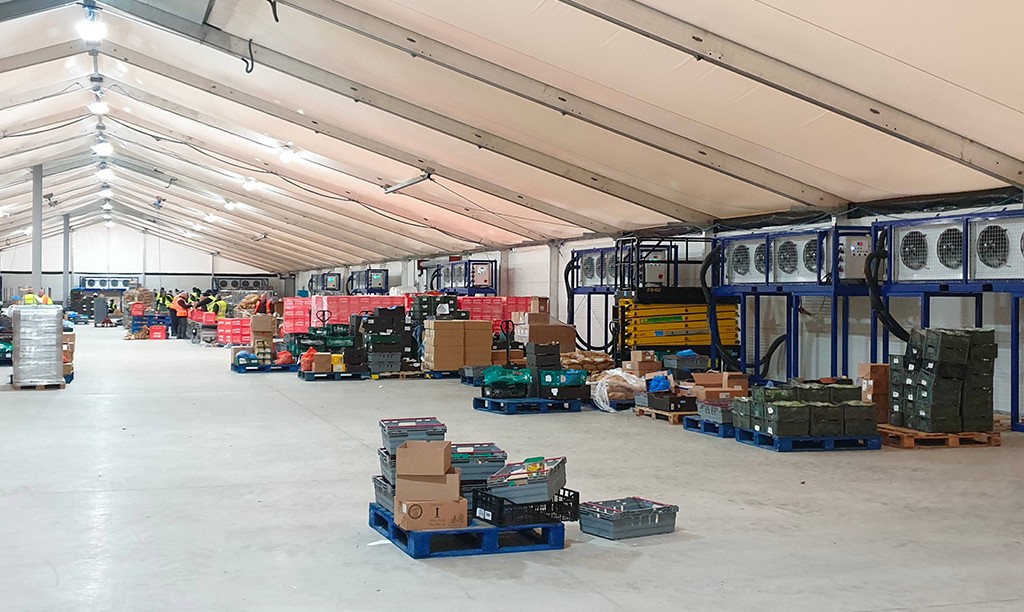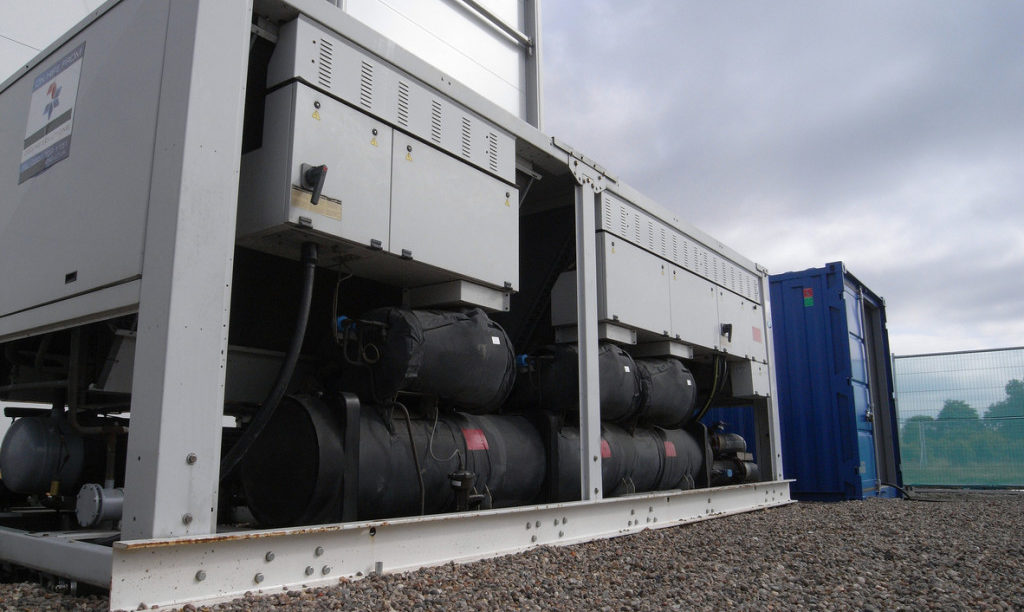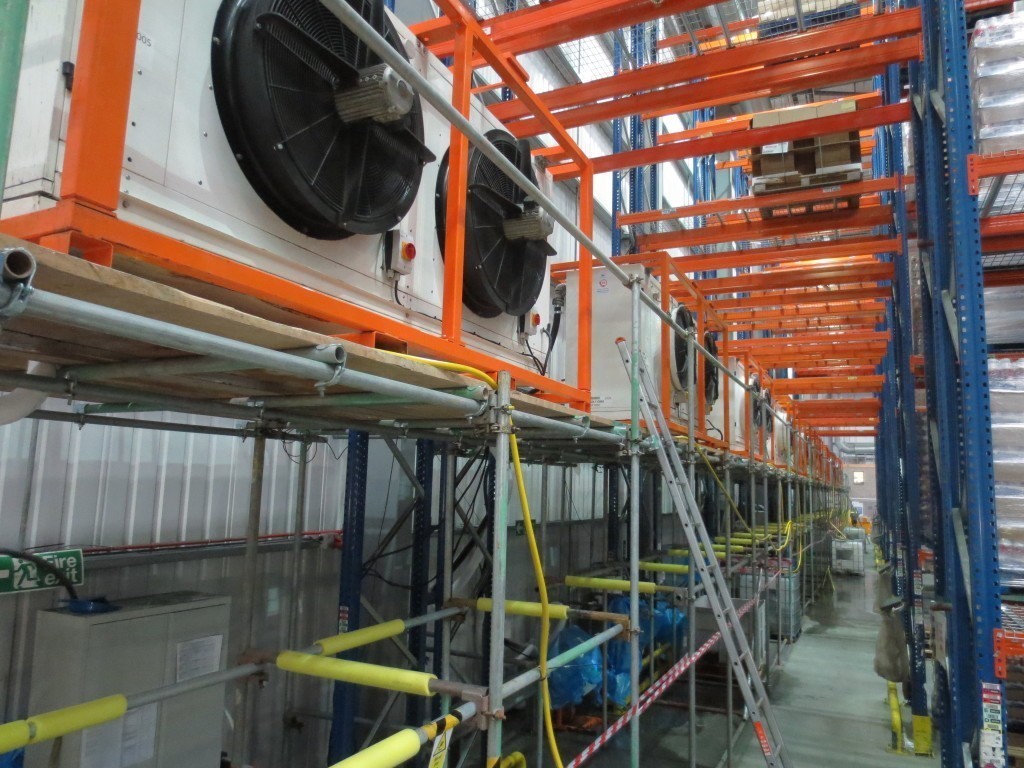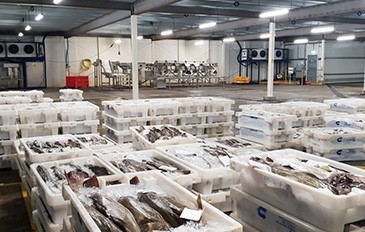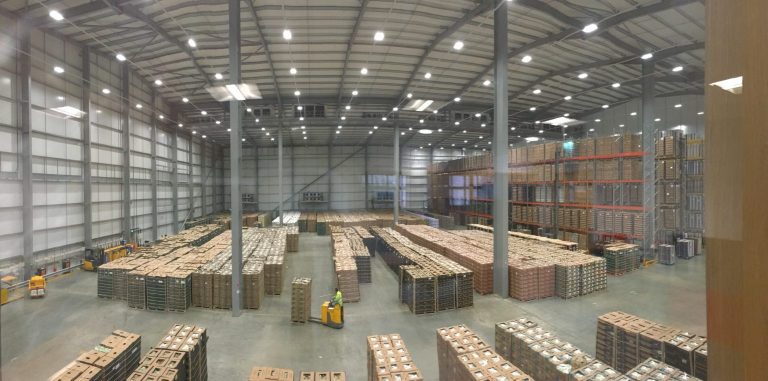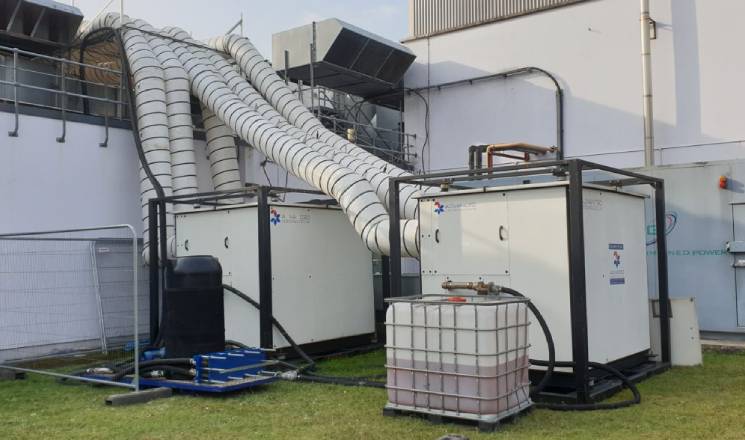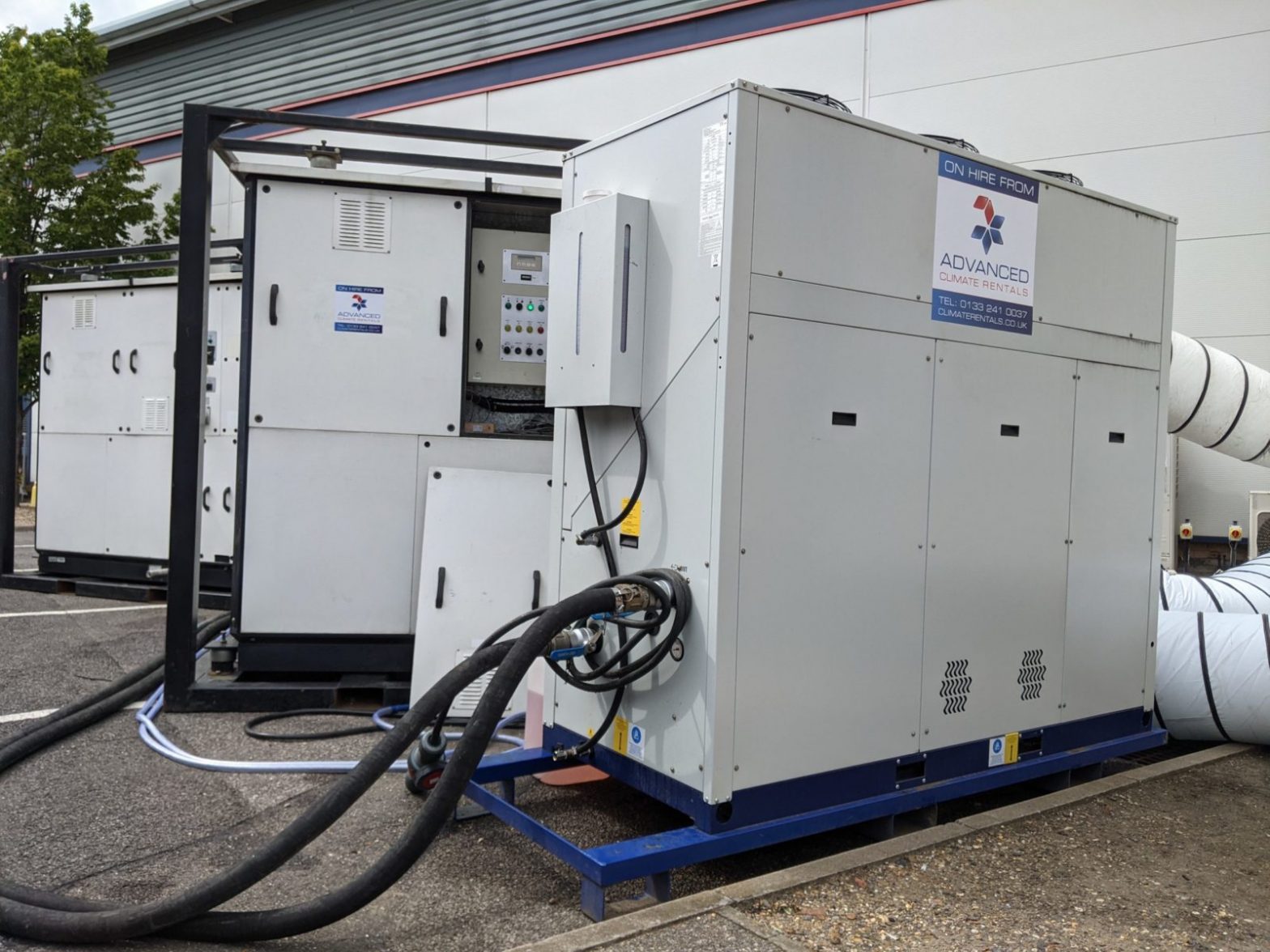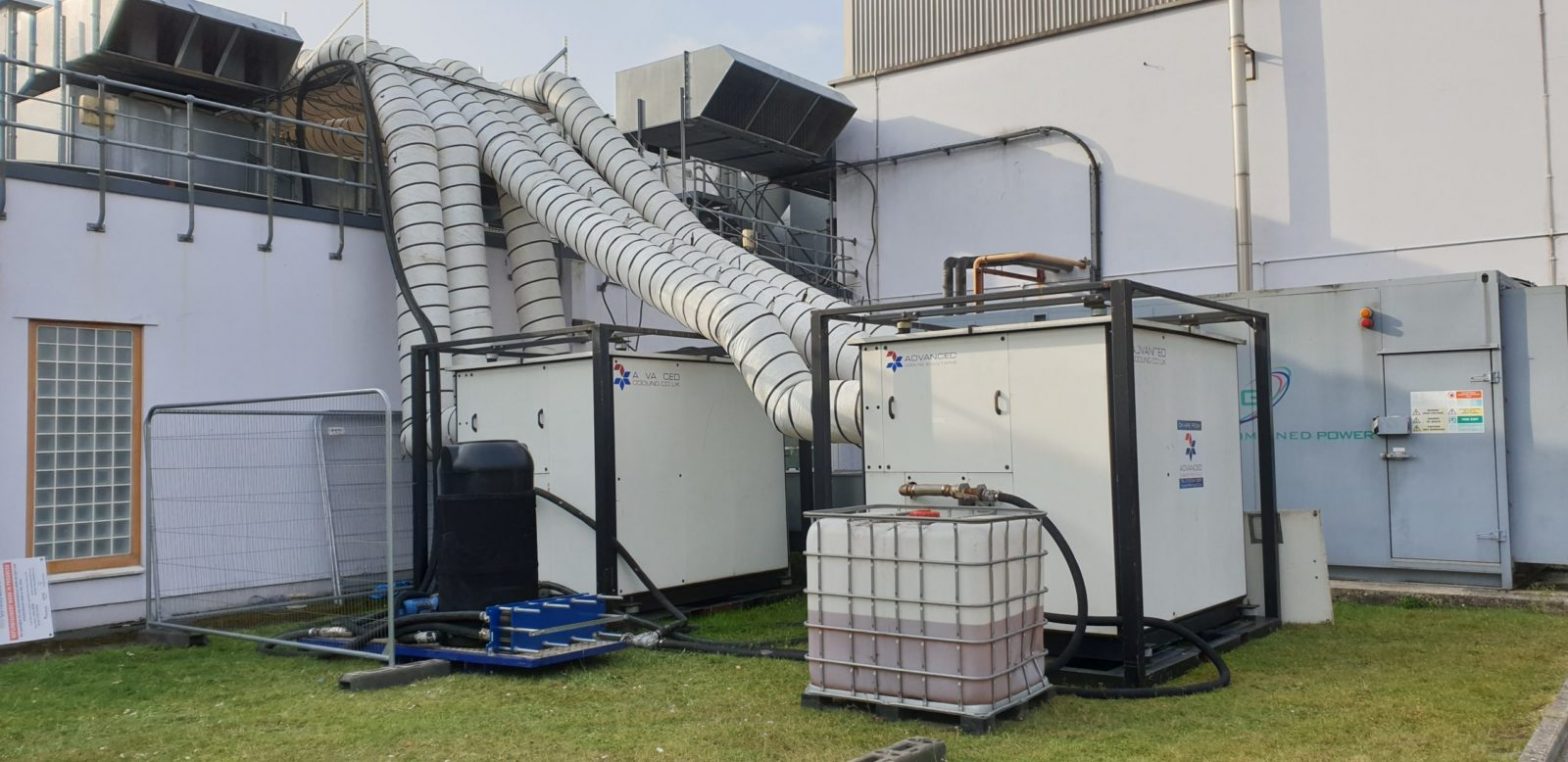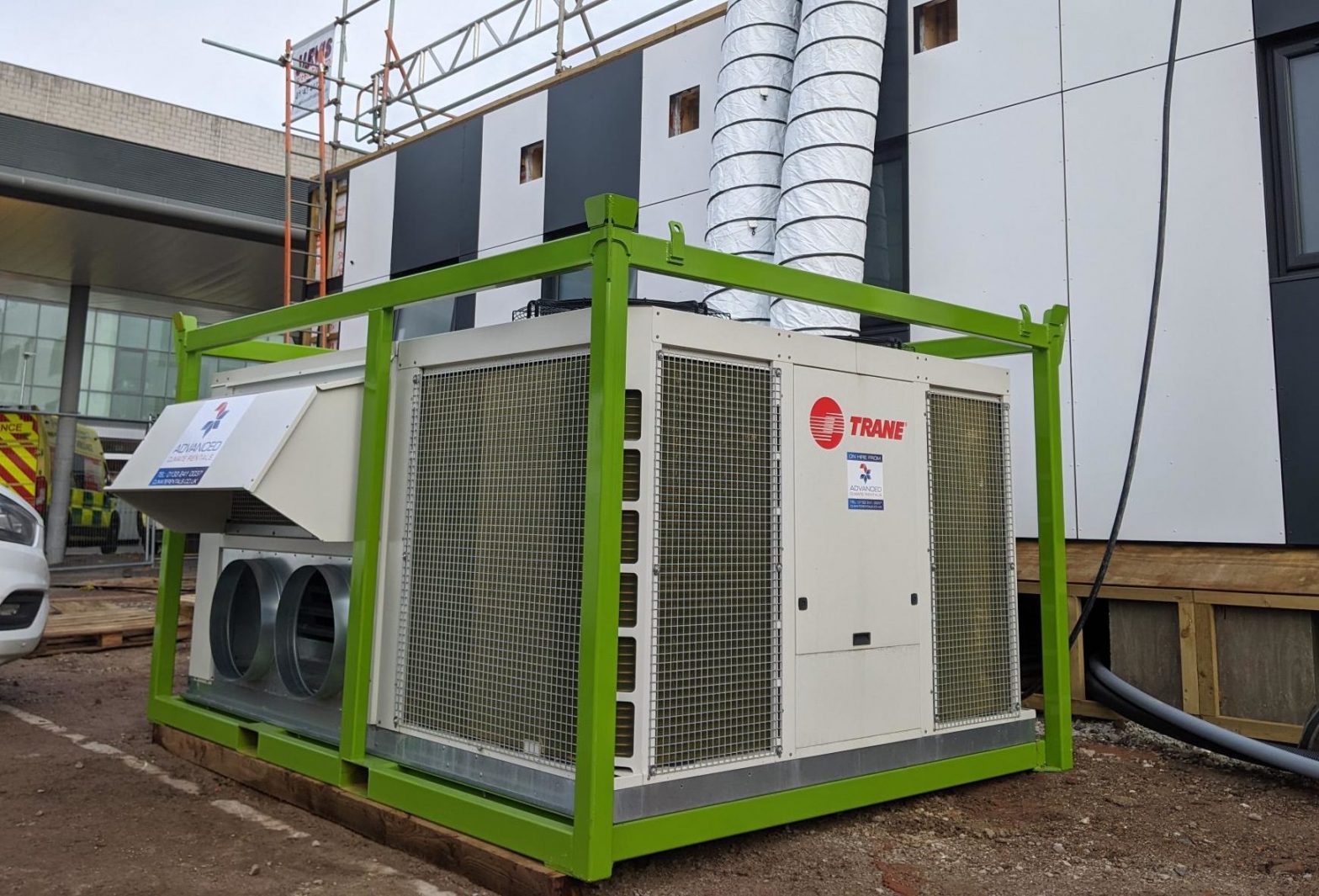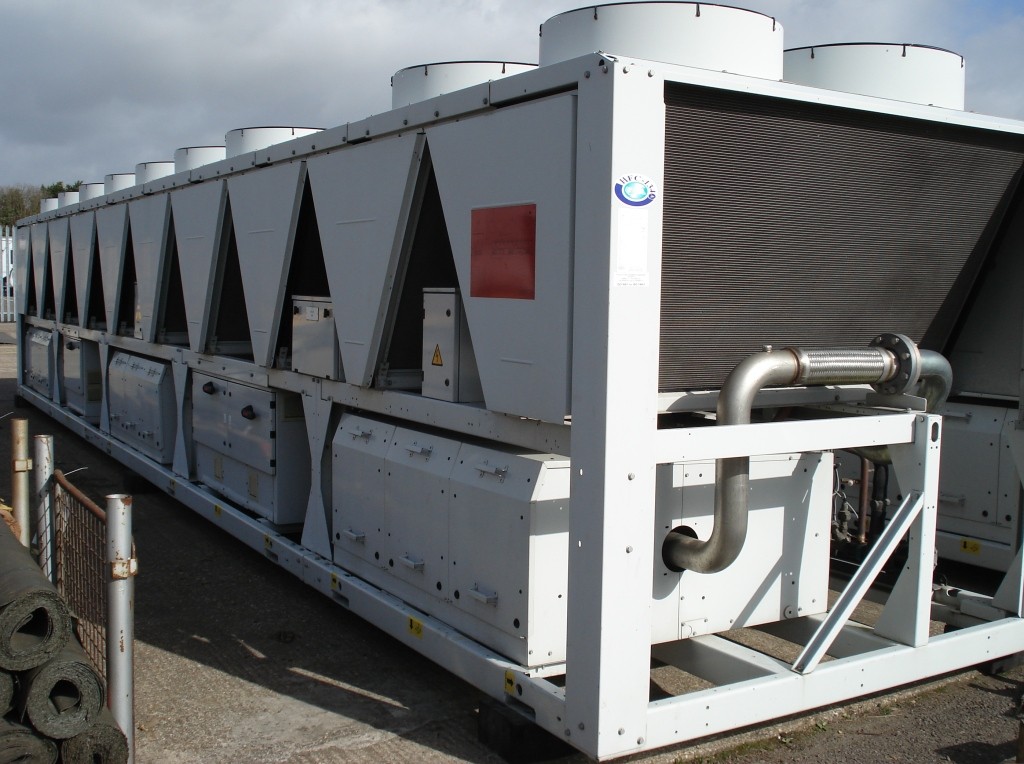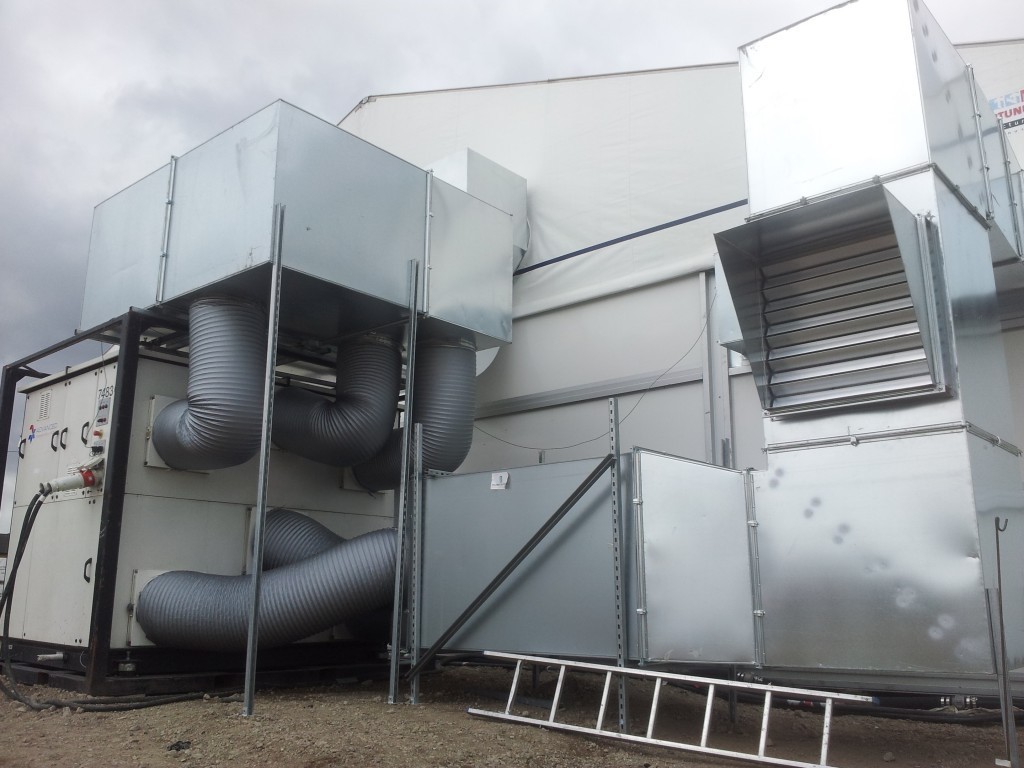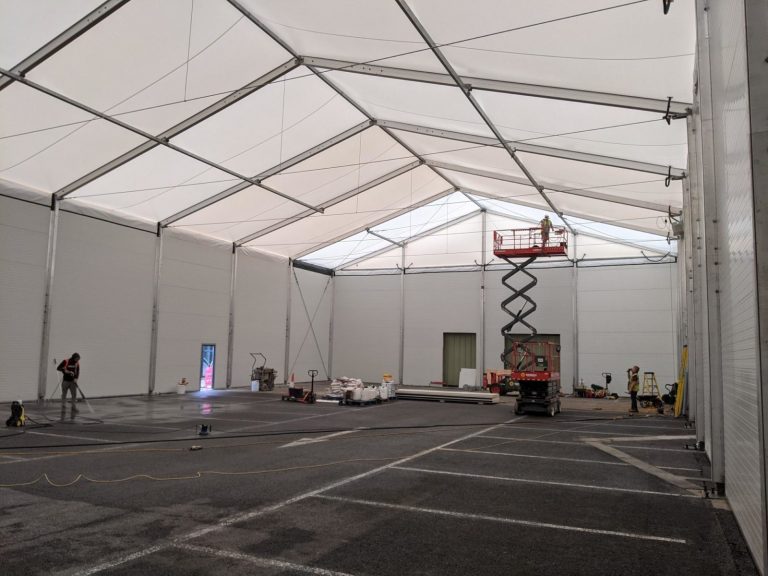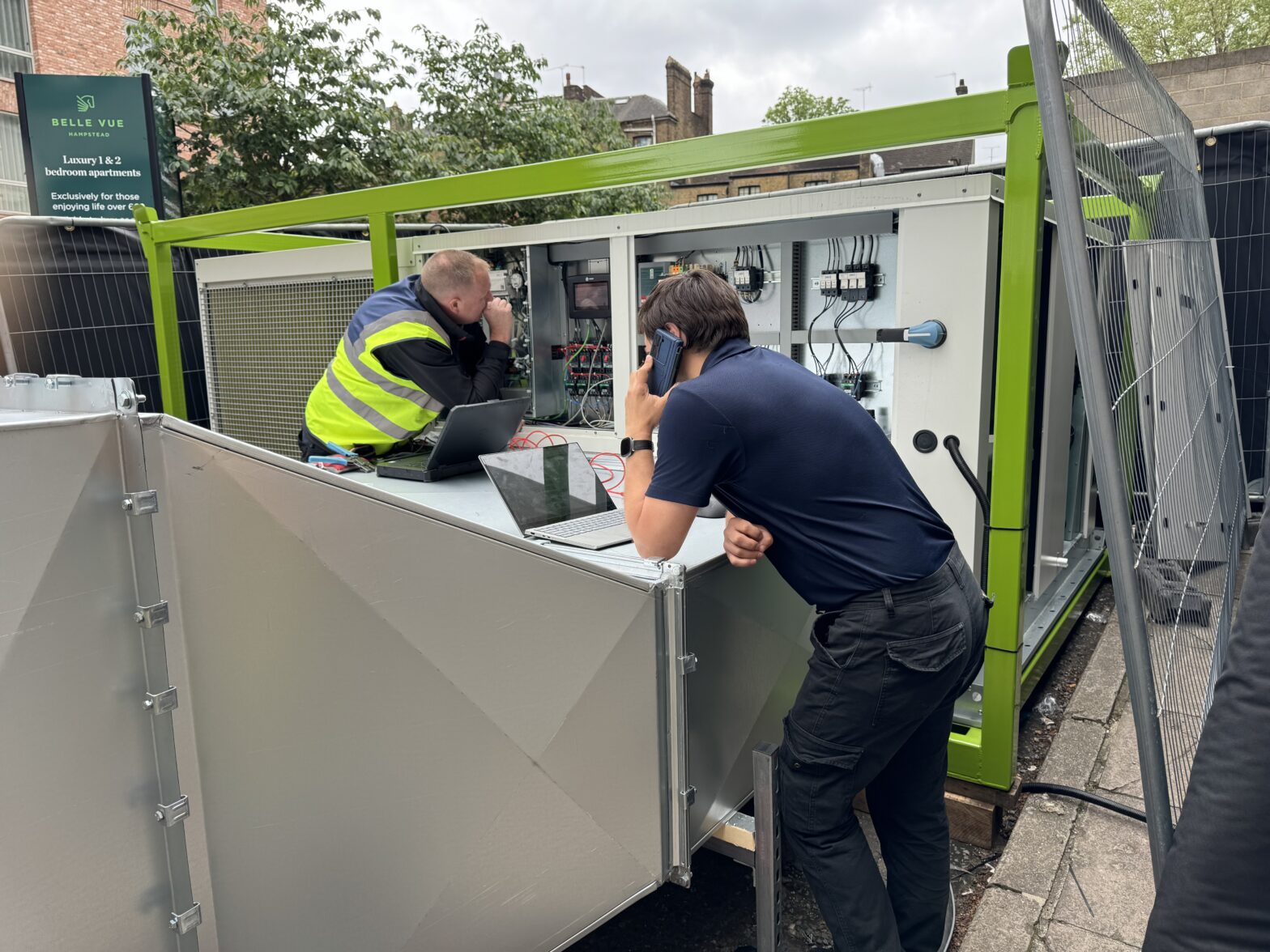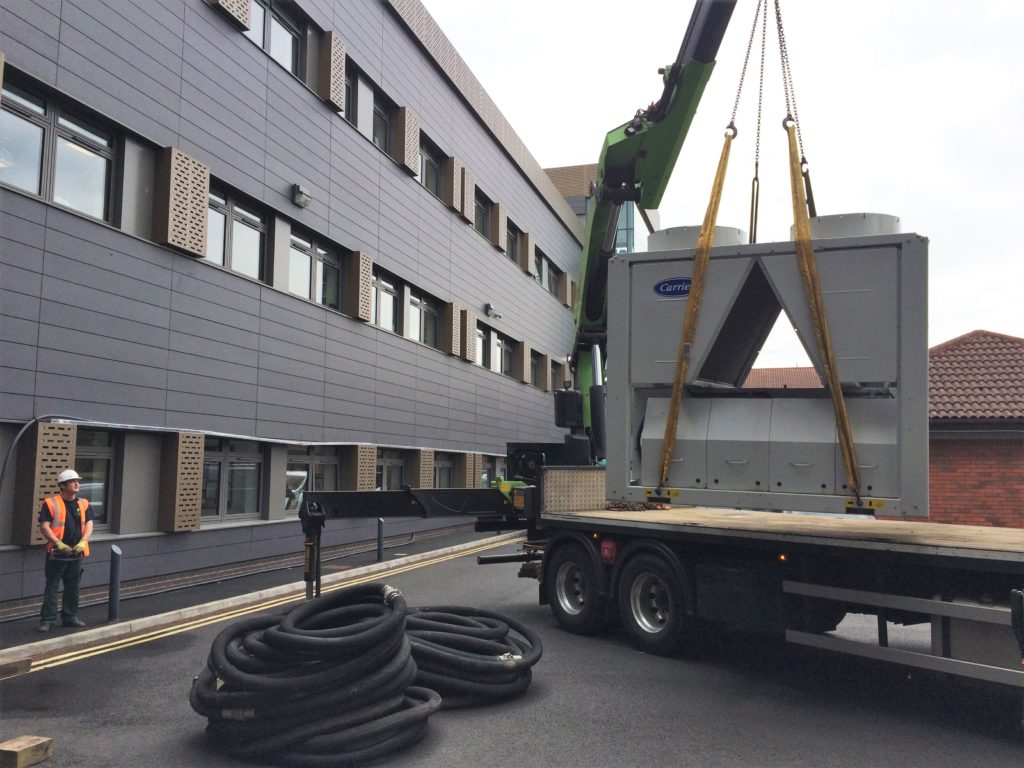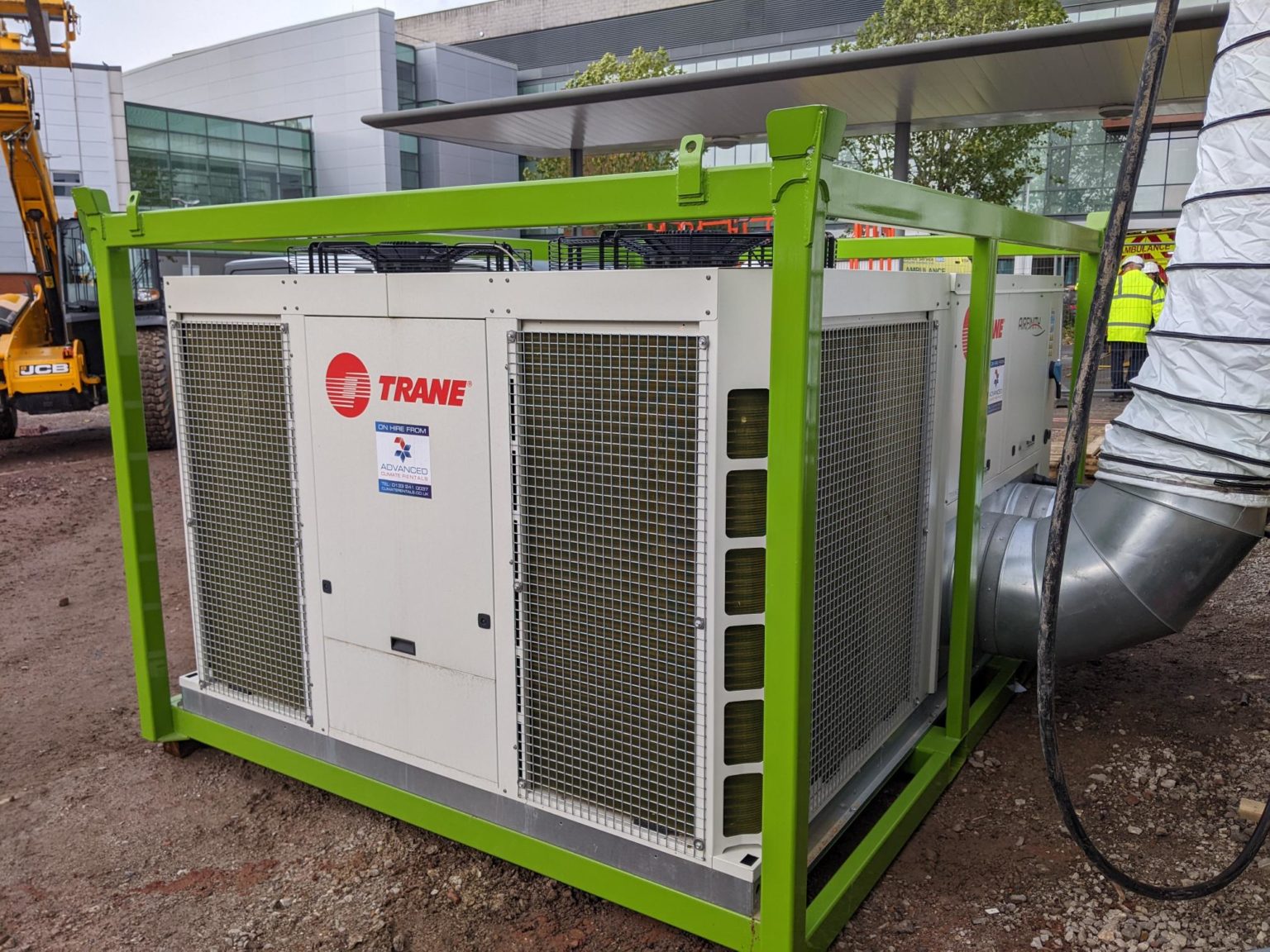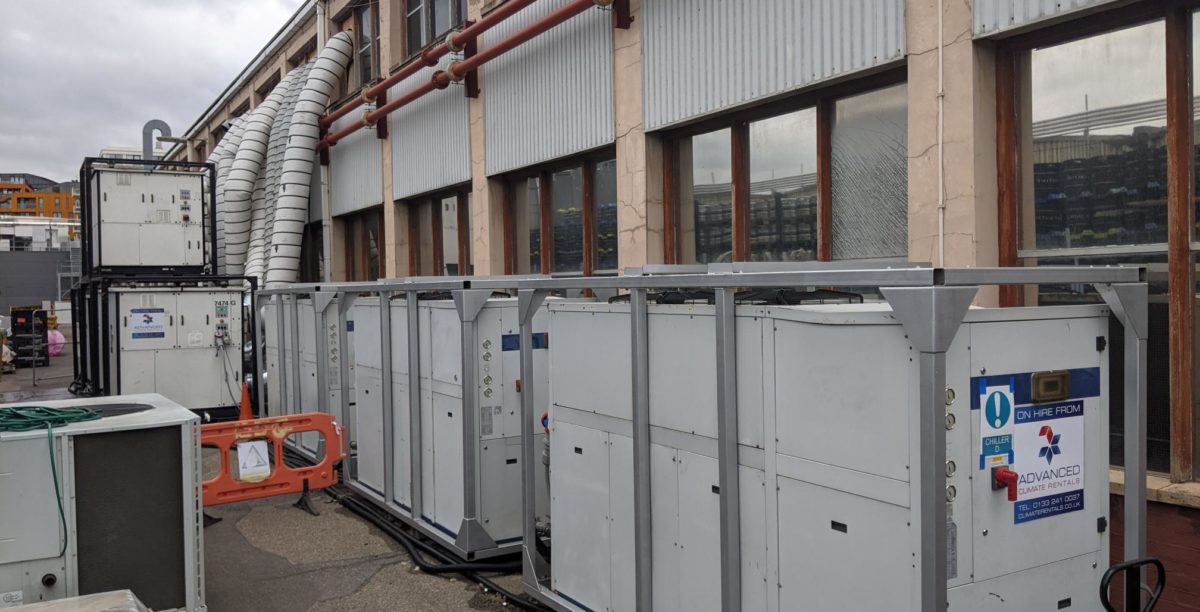Hospital ventilation essentially provides the same simple function as other applications- to exchange, replace and circulate air around a space. The main differences being in the regulations that apply to their design, installation and operation.
Clearly, ventilation plays a critical role in the health care sector. Here we look into the requirements and solutions for supplying temporary ventilation systems into hospitals.
Proper ventilation systems in hospitals are used to control harmful contaminants, such as airborne viruses, bacteria, and pollutants which can be very detrimental to patients, staff and visitors alike. Airborne Pathogens if left un-controlled can lead to the spread of infections and diseases.
The Health Technical Memorandum 03-01 Specialised ventilation for healthcare premises was introduced in 1983 and has since been updated several times to the current HTM 03-01 (2021) which supersedes all before.
The memorandum gives comprehensive advice and guidance on the design, installation and operation of specialised building and engineering technology in the healthcare environment.
The guidance is aimed at specifiers, designers, suppliers, installers, as well as, the day to day estates and facilities/ healthcare management who operate the systems.
The original document is too weighty to go into great detail here, so we are going to go to the main take-aways in relation to temporary solutions that will play a crucial role in supporting these services.
The over-riding principle of the new guidance is to put efficiency front and foremost. Energy consumption of ventilation systems should be minimised by specifying solutions with the lowest lifecycle environmental cost.
In essence, the objective of energy-saving strategies is to provide the required ventilation service using the minimum energy. “Switching off” and “setting back” strategies feature strongly as practical solutions for energy saving without compromising performance.
Other key take-aways include, recommending the use of either of two means of delivering ventilation, particularly in operating theatres: radial convergence or laminar flow, providing at least 22 air changes/hr at a velocity of between 0.2 and 0.3m/3.
Below we can see a typical laminar flow diagram. Air is supplied directly above the operating table and washes over the area.
Temporary hospital ventilation is essentially equipment and systems that are supplied on a short term basis and as such are considered non-permanent.
With a focus on fast simple delivery, suppliers such as ACR Ltd have developed portable units that can be supplied from stock for reactive situations, including disaster recovery, and even longer planned projects.
5 key advantages of temporary hospital ventilation systems include;
- Supply of the latest most efficient equipment
- Fast response to critical situations including breakdowns and disasters.
- Reduced down time and more efficient use of hospital buildings and facilities.
- Keep wards and surgeries operating with temporary hospital ventilation whilst refurbishment takes place.
- Modern control systems with BMS integration, monitoring and energy saving features such as “set back” and optimising.
